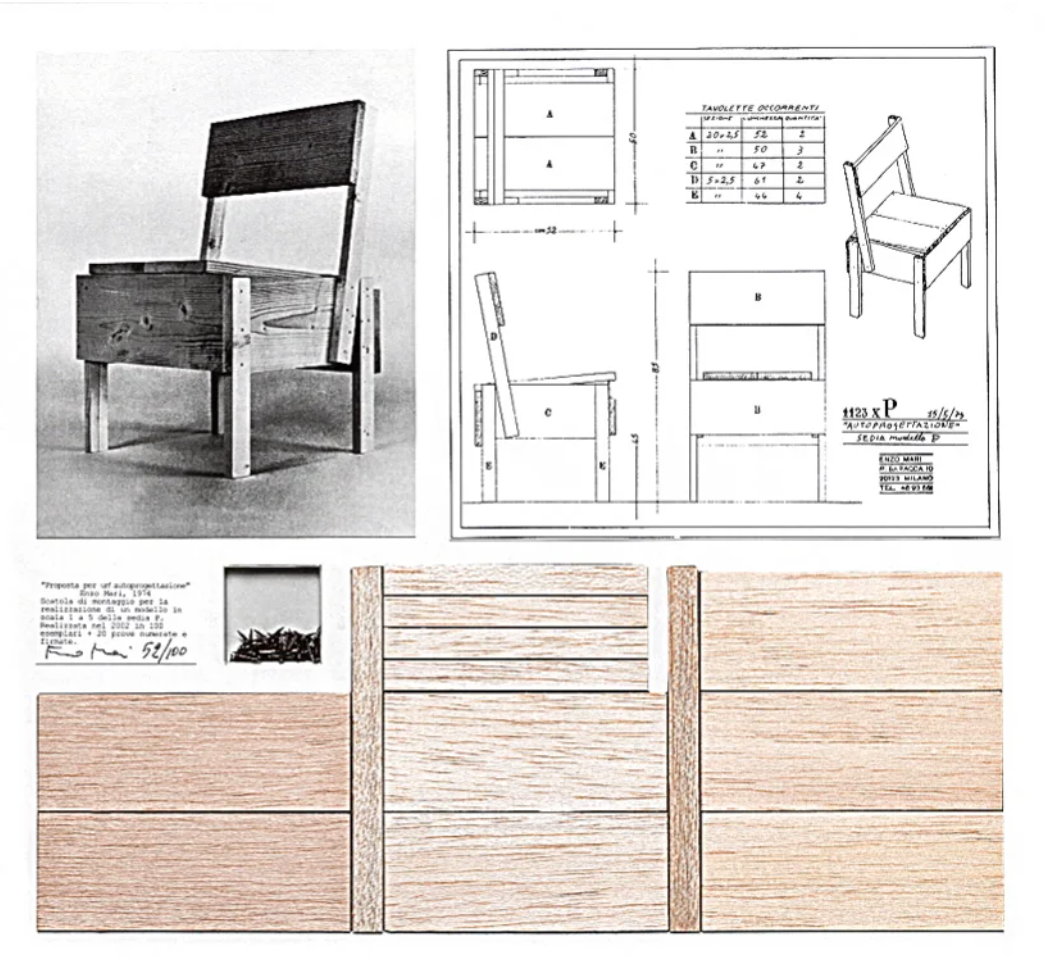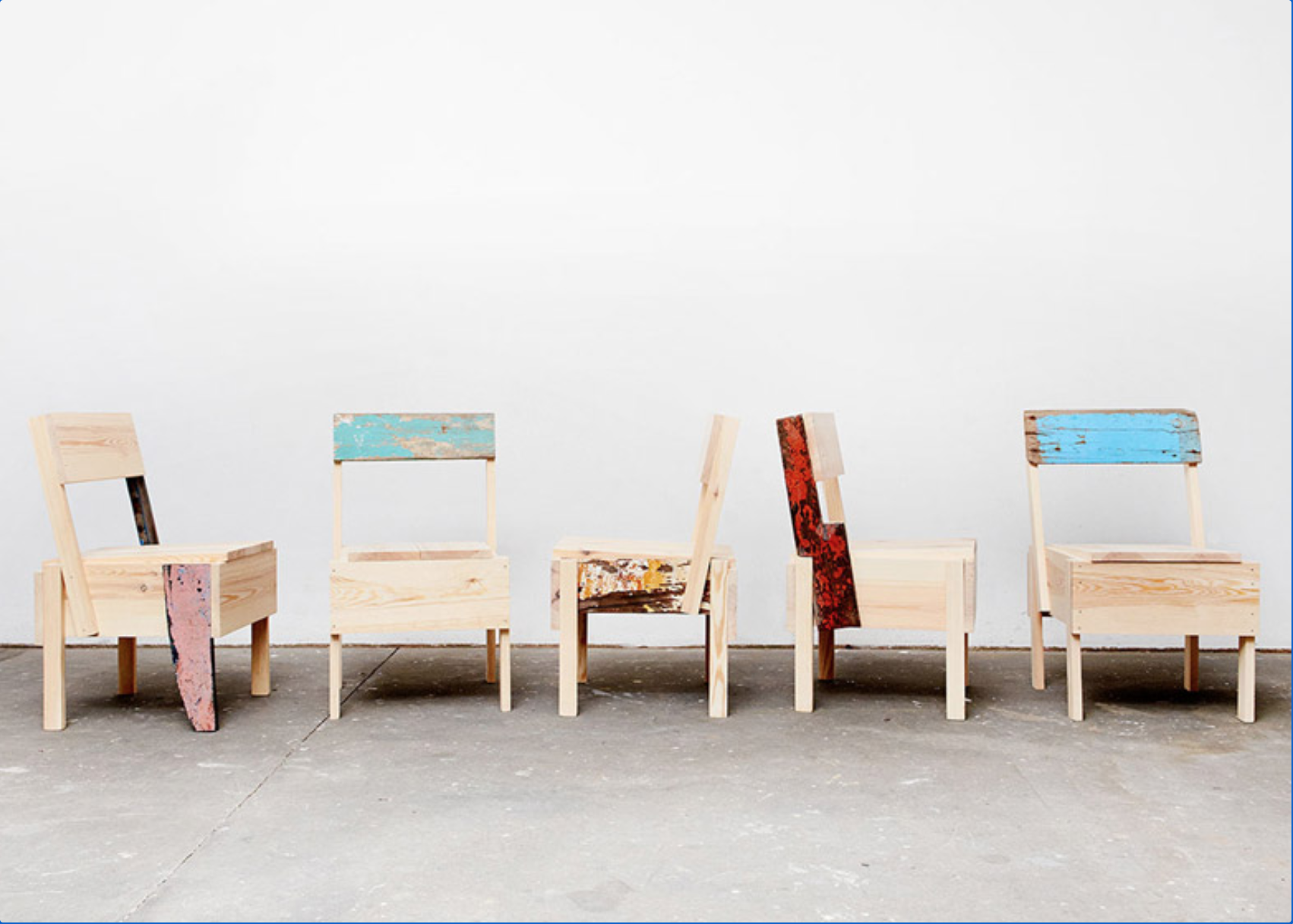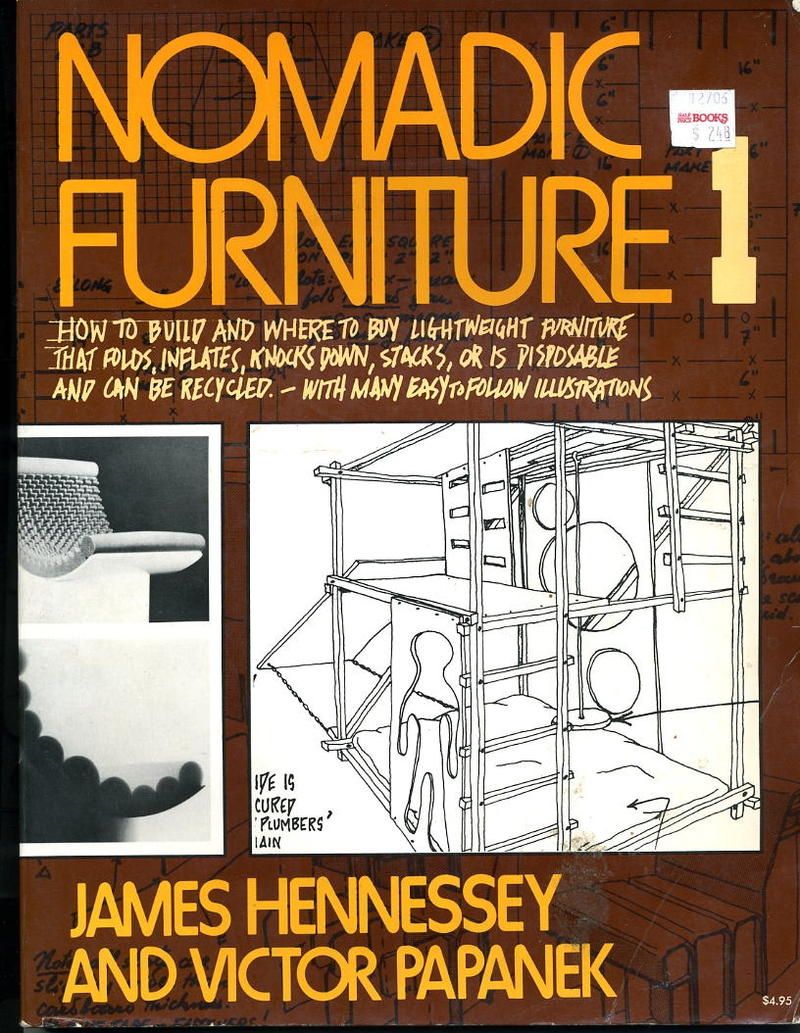Open Design is one of the most interesting developments in the creative industries, it is an important stimulus for the economy and society and enables the further development of traditional businesses and economic sectors. In our market-oriented culture, designers make commitments to manufacturers where the latter decide which products are ultimately offered to the consumer and in what way.
Design was and is the great seducer of a capitalism dependent on permanent growth. It senses and sets trends and fashions, constantly creates new incentives and fuels mass consumption, often without regard for resource consumption. Since the problems of wasting resources and building up an enormous amount of waste are results of design, the solutions to these problems must also be results of design.
Open Design is a draft, a proposal. Analogous to the methods of open source software, this could mean: Give insight into blueprints and design principles so that a new, collaborative design culture can emerge. Furthermore, open source also means breaking down the barrier between consumers and producers. The technical possibilities that have been available to us for a few years now promote openness and inspire a lively interaction with it.
“The world was not designed for the rich!” Enzo Mari
Decades before the design world even knew the word sustainability, the designer Enzo Mari (1932-2020) was thinking about it. For him it was always important to design a product in such a way that the factory worker can live well from it and the environment can tolerate it. A product is always as good and as functional as it is and good design has to be for everyone, not only for people who can pay for it.

In 1973 he started his project "Autoprogettazione" which means self-design. If someone builds something themselves, they understand it better. The designer explained his desire to make the rules of the design process clear to people, and designed the building instructions for a complete set of furniture. Chair, table, bed, shelf, bench - everything you need to live, he put together in such a no-frills, simple way from standard wooden boards and nails that even non professionals can rebuild the furniture with just a hammer. Those who paid the designer the postage received the construction manual from him free of charge. In a way, the analogue early form of open source. Thousands from all over the world did this.

Almost at the same time as Mari published the construction instructions as a book in 1974 under the title "Autoprogettazione?", the US designers James Hennessey and Victor Papanek brought out their DIY primer "Nomadic Furniture". For them, it was about self-empowerment, about getting out of the capitalist system. Enzo Mari was also about something else. He wanted to impart knowledge. "An elementary technique," his book said, "that should teach everyone to look at current production with a critical eye."


More than ever, the design world needs such a critical view as Mari and Papanek promoted already 50 years ago.
The creative industries are considered pioneers when it comes to technological innovation and are paving the way for fundamental social change. The internet is one example. With easy access to CNC machines and 3D printers and the ability to make items yourself with less effort, product development, manufacturing and distribution will change fundamentally in the medium to long term. With Open Design, design and production have an impact not only on the product's characteristics, but also on its modification possibilities and potential transformation into other products.
We are closing this post with some food for thought and a quote of philosopher, writer and curator John Thackara who is working in the realms of social, ecological and relational design:
Openness is more than a commercial and cultural issue. It's a matter of survival.
Sources:
Spiegel Online (October 20th 2020): Zum Tod Enzo Maris, Design für die Masse, aber keine Massenware. Accessed May 21st 2021 on https://www.spiegel.de/stil/enzo-mari-ist-tot-designer-systemkritiker-kuenstler-a-9de1b756-0a02-4bf8-b463-7785c0153e32
E.Tucker (November 16th, 2016): Enzo Mari grants Berlin refugee organisation rights to reproduce his furniture. Accessed May 21st 2021 on https://www.dezeen.com/2015/11/16/enzo-mari-autoprogettazione-furniture-reproduction-berlin-refugee-organisation-cucula-humanitarian-design/
L. Weißmüller( May 21st 2020). Grantler, Künstler, Visionär. Accessed May 21st 2021 on https://www.sueddeutsche.de/stil/design-wohnen-italien-enzo-mari-1.4905262
Premsela Netherlands Institute for Design and Fashion, Waag Society and Creative Commons Netherlands (2011): Open Design Now. Into The Open, John Thackara. Accessed May 27th 2021 on http://opendesignnow.org/
